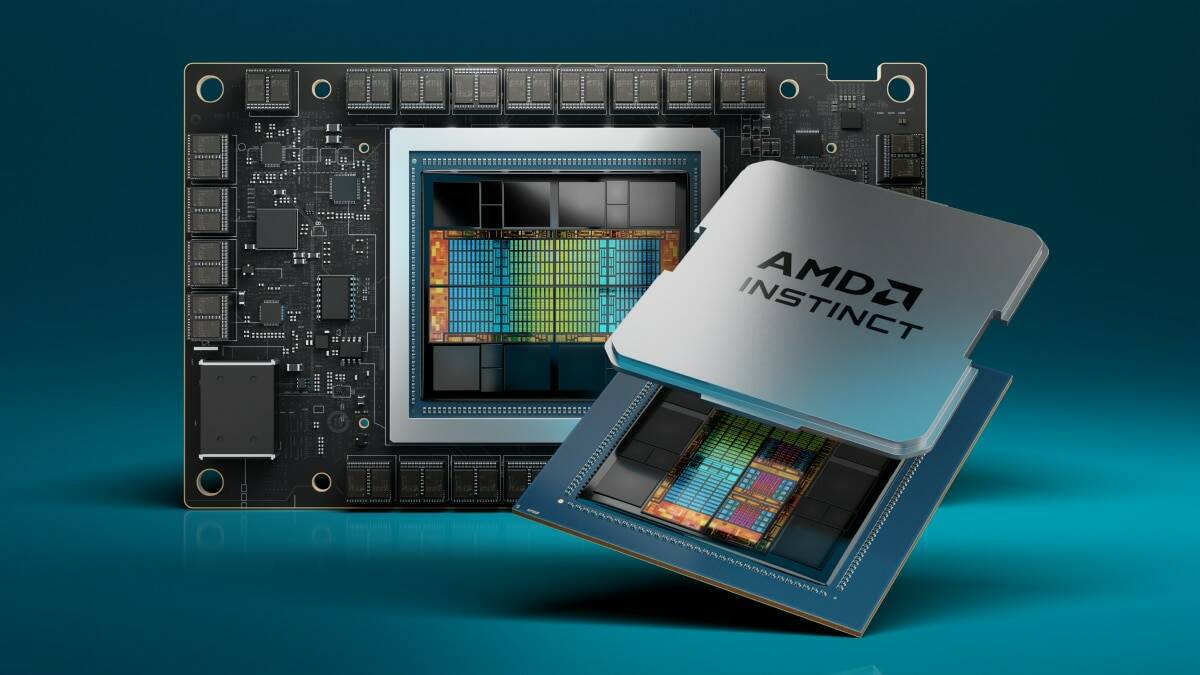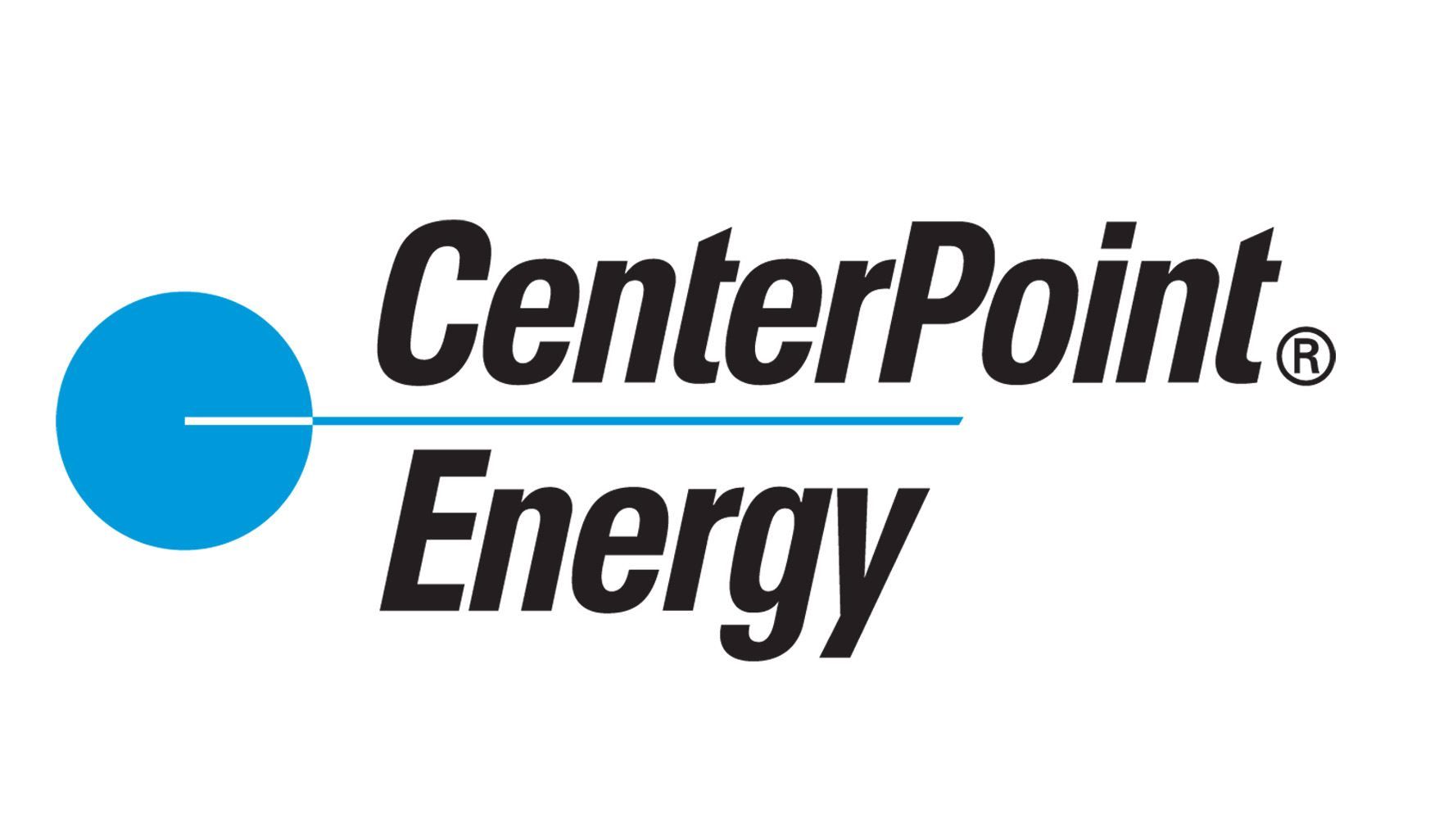
AMD continued to ride a wave of demand for its Instinct MI300X AI accelerators – its answer to Nvidia's venerable H100 – in its third quarter, revealing that the part is expected to drive $5 billion in revenues during the chip designer's 2024 fiscal year. The revised figure is up $500 million from AMD's previous forecast and more than twice the $2 billion in annual revenues from the Instinct line that executives predicted this time last year. Speaking on AMD's third-quarter earnings call on Tuesday, CEO Lisa Su attributed the growth in Instinct adoption to the chip shop's overall strength during the quarter.
In Q3 AMD raked in $771 million in net income on $6.8 billion in revenues – a year-over-year increase of 158 percent and 18 percent respectively. While Su didn't give specific numbers, she suggested that Instinct accelerator revenues were somewhere north of $1.
5 billion during the third quarter. For comparison in Q2, AMD recorded more than $1 billion in Instinct sales. "We're actually seeing our GPU business really approaching the scale of our CPU business," she explained.
This growth in MI300X shipments during the quarter was clearly reflected in AMD's datacenter revenues, which grew 25 percent compared to last quarter (122 percent year over year) to $3.5 billion. In fact AMD's datacenter division accounted for more than half its overall revenues during the quarter.
Su expressed confidence AMD will win plenty more datacenter revenue in 2025. "There's still significant investment in trying to build out the infrastructure required," she told investors on the call. Su attributed some of this confidence to AMD's aggressive GPU roadmap.
"Our product portfolio is getting stronger, with the annual cadence launching MI325 later this quarter and MI355 in the second half of next year," she noted. We explored the two parts in our launch day coverage earlier this month, but at a high level the MI325X is a memory bandwidth and capacity boosted version of the original MI300X, which should allow AMD to support larger models and deliver higher throughputs – particularly in inference workloads. The MI355X, which is due out in the second half of 2025, is a far larger upgrade, boasting up to 288GB of HBM3e and up to 9.
2 dense petaFLOPS of either 4-bit or 6-bit floating point performance from its CNDA 4-based GPU dies. Another factor behind Su's confidence is growing customer familiarity with AMD’s accelerators. The CEO drew comparisons to AMD’s introduction of Epyc processors for servers back in 2017.
"You remember our Epyc ramp from Zen 1, Zen 2, Zen 3, Zen 4. We had an extremely good product even back in the Rome days, but it does take time to ensure that there is trust built; there is familiarity with the product set." "Next year is going to be about expanding both customer sets as well as workload," she added.
AMD is already seeing customers explore the MI300-series accelerators for training, in addition to its current role in inferencing workloads. "You heard Meta talking at our event about expanding from inference on their large language models with Llama 3.1 to some training workload," Su reminded listeners.
However, Su warned that 2025 could be somewhat lumpy in the distribution of new Instinct sales. "It's not always predictable exactly which quarters you would expect the significant build out," she explained. Some of this may be down to high demand for datacenter space, facility infrastructure, and power required to support large scale deployments of AI accelerators in general.
Alongside Epyc, Su also touted continued adoption for AMD's Epyc processor family – refreshed earlier this month – both by hyperscalers and enterprises, which she believes will help win additional share from rival Intel. AMD's Client division also saw strong gains during the quarter with revenues of $1.9 billion – up 26 percent from Q2 and 29 percent from the year ago quarter.
Executives attributed much of this growth to strong demand for the newly launched Zen 5 desktop and mobile processors – the latter of which made their debut in late July. After a slight delay due to a mysterious quality control issue, AMD's Ryzen 9000-series processors followed a few weeks later. AMD will further expand the offering with a set of gaming-focused X3D versions of the chips in November.
"HP and Lenovo are on track to more than triple the number of Ryzen AI pro platforms they offer in 2024," Su revealed of AMD's mobile platform. AMD also expects the end of Windows 10 support next year to drive spending among commercial PC buyers. AMD's embedded and gaming businesses continued to be a sore spot.
In gaming, AMD raked in $462 million during the quarter – a whopping 69 percent down from this time last year. However, this was to be expected with much of the loss once again attributed to declining revenue for the semi-custom parts it creates to power consoles for Microsoft, Sony, and Valve. Embedded processor revenues – think AMD's Xilinx FPGAs and Versal Adaptive SoCs – were also down again in Q3, falling 25 percent for the year to $927 million.
However, the market is showing signs of recovery – revenues rose eight percent from the prior quarter. In spite of this, executives believe the strength in the datacenter and client divisions will more than offset falling embedded and gaming revenues in Q4. For Q4, AMD is forecasting revenues of $7.
5 billion plus or minus $300 million – an increase of 22 percent year over year and 10 percent sequentially. Investors weren't impressed with predictions of gentle growth. AMD shares fell into the $153 range in after hours trading after spending the day between $160 and $166.
®.













